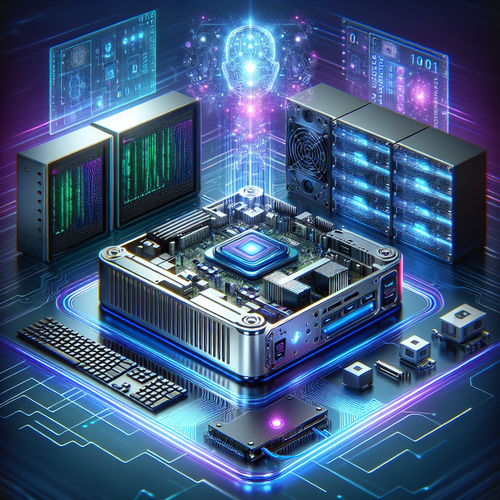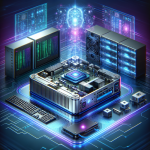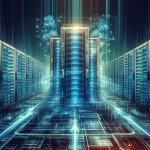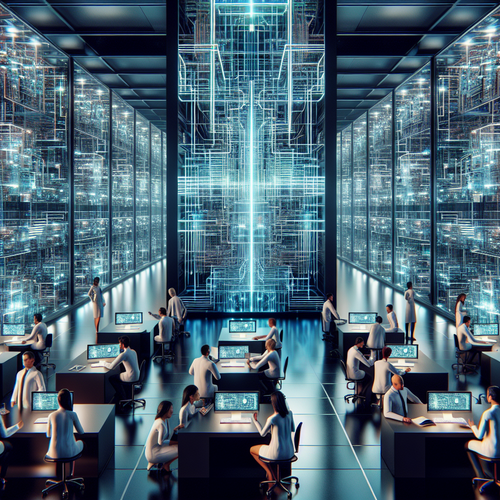
Launch of New Generative AI Hardware Device
Launch of New Generative AI Hardware Device
The world of technology is rapidly evolving, and one of the most exciting advancements recently is the launch of a new generative AI hardware device. This device promises to enhance the capabilities of artificial intelligence, making it more accessible and powerful. In this tutorial, we’ll explore what this hardware entails, its benefits, and how to start integrating generative AI solutions into your workflows.
What is Generative AI?
Generative AI refers to algorithms that can generate new content, whether it’s text, images, audio, or even complex data simulations. Unlike traditional AI, which may only analyze and interpret existing data, generative AI uses deep learning techniques to create something entirely new. The launch of dedicated hardware for generative AI signifies a major step in optimizing computational tasks for these intelligent systems.
Overview of the New Device
This new hardware device is engineered specifically for running generative AI models. Key features include:
- High Processing Power: Equipped with powerful GPUs and TPUs, it can handle intensive computations required by deep learning models.
- Energy Efficiency: Designed to maximize performance while minimizing energy consumption, making it sustainable for long-term use.
- Scalability: The device can be scaled up or clustered to accommodate larger AI workloads, making it suitable for enterprises and developers alike.
Prerequisites for Using the New Device
Before diving into the use of the new generative AI hardware, ensure you have:
- A basic understanding of AI concepts and generative models.
- The necessary software and frameworks compatible with the new hardware (e.g., TensorFlow, PyTorch).
- The right environment setup, including adequate power supply and cooling systems.
Step-by-Step Instructions to Get Started
Follow these steps to integrate the generative AI hardware into your workflow:
Step 1: Set Up the Hardware
- Unpack the device and ensure it is placed in a ventilated environment.
- Connect power cables and any additional peripherals required, such as displays or input devices.
Step 2: Install Required Software
- Download and install the latest versions of AI frameworks like TensorFlow or PyTorch.
- Ensure that all drivers for the hardware accelerators (GPUs/TPUs) are properly installed.
Step 3: Configure Environment
- Set up a virtual environment if necessary to manage packages independently.
- Test the installation by running sample programs to ensure everything is functioning correctly.
Step 4: Explore Generative Models
- Begin experimenting with pre-existing generative models or datasets.
- Create your own models to generate unique outputs, using techniques such as GANs (Generative Adversarial Networks) or VAEs (Variational Autoencoders).
Troubleshooting Common Issues
While setting up and using your generative AI hardware device, you may encounter some issues:
- Device Not Recognized: Check all cable connections and ensure they are seated correctly.
- Performance Issues: Monitor system temperatures and ensure adequate cooling; also consider optimizing your model to reduce complexity.
- Software Compatibility: Ensure that you’re using compatible versions of the libraries and frameworks.
Summary Checklist
- Ensure hardware is set up correctly with adequate power and ventilation.
- Install compatible AI software and frameworks.
- Test and debug configurations to ensure optimal performance.
- Experiment with generative AI models to leverage the full potential of the new hardware.
Conclusion
With the launch of this new generative AI hardware device, the possibilities for innovation in the AI sector are limitless. As developers and businesses leverage these powerful tools, we can expect even greater advancements in creating intelligent systems that can think and generate like humans. For instance, if you’re exploring AI integration, check out our article on Unlocking the Power of AI with Blockchain to learn how these technologies intersect.














